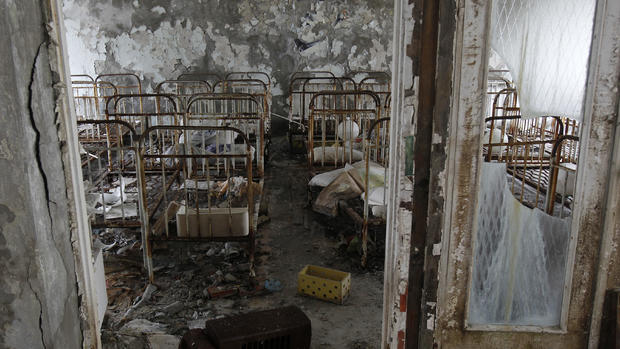Almanac: The Chernobyl nuclear accident
On April 28, 1986, the government of the Soviet Union grudgingly acknowledged a serious nuclear accident, two days before, at the Chernobyl nuclear power plant in northern Ukraine.
An explosion during a reactor test gone wrong had blown the roof off one of the reactors, and spewed radiation into the air.
The Soviets publicly confirmed the accident only after Sweden announced a detected spike in atmospheric radiation.
And despite Soviet claims the situation was under control, tens of thousands of people were evacuated, while emergency crews braved exposure to lethal radiation. Within ten days, the leak was more or less controlled.

But the damage had been done. At least 32 deaths were directly attributed to the explosion and its immediate aftermath.
The World Health Organization has identified some 11,000 cases of thyroid cancer possibly linked to the accident at Chernobyl.
And to this day, hundreds and hundreds of square miles surrounding the Chernobyl reactor remain strictly off-limits.
See also:
- Chernobyl: Still deadly, 30 years later ("60 Minutes," 4/26/16)
- After 30 years, Chernobyl repair racing against time (CBS News, 4/24/16)
For more info:
- Backgrounder on Chernobyl Nuclear Power Plant Accident (Nuclear Regulatory Commission)
- Chernobyl: Assessment of Radiological and Health Impacts (Nuclear Energy Agency)
- "Chernobyl" (HBO), mini-series debuts May 6
Story produced by Charis Satchell.
Disclaimer: The copyright of this article belongs to the original author. Reposting this article is solely for the purpose of information dissemination and does not constitute any investment advice. If there is any infringement, please contact us immediately. We will make corrections or deletions as necessary. Thank you.







